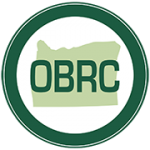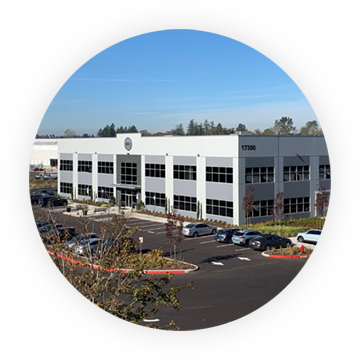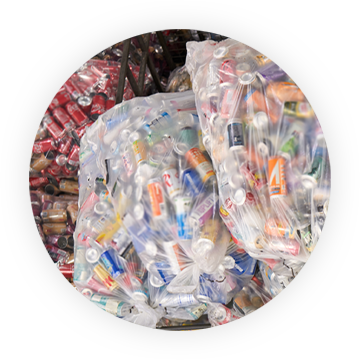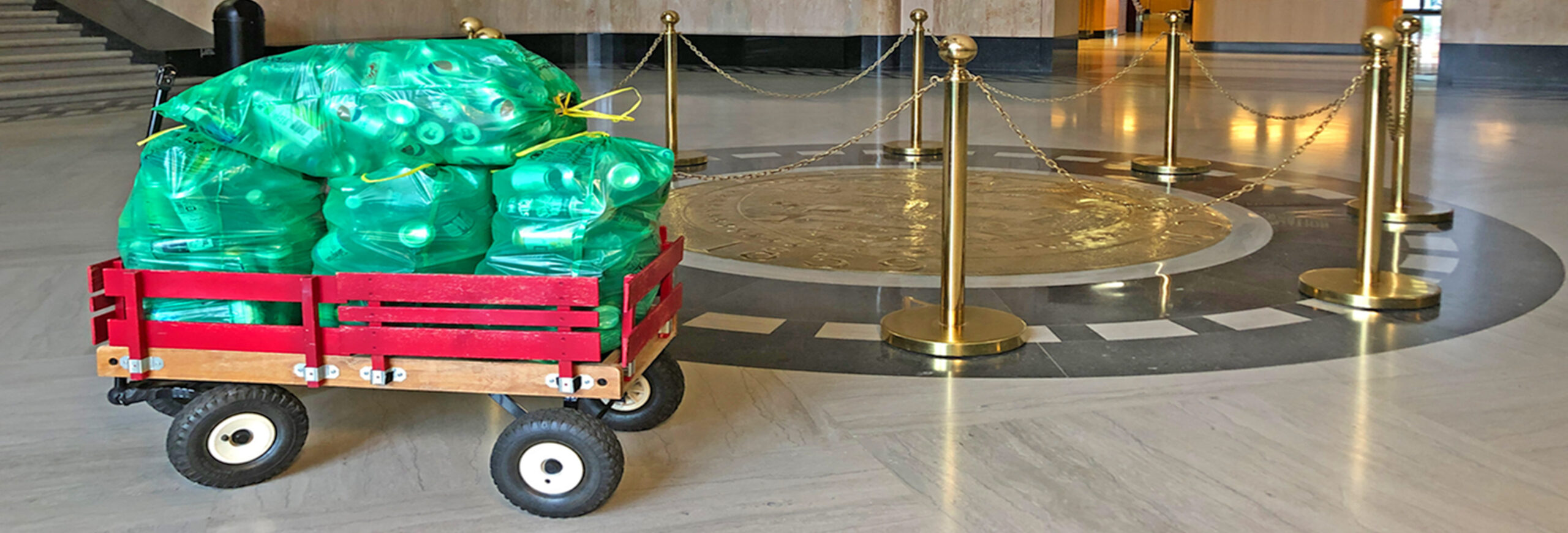
The first, and most modern, system in the US
Oregon’s pioneering Bottle Bill broke new ground in protecting the environment from litter while fostering impressive recycling rates. Today, that foundation has grown into a modern program that includes (and recycles) more containers than nearly any other system in the United States, and is easier than ever for consumers.
Convenient Returns
In 1971, Oregon adopted the nation’s first “Bottle Bill,” placing a 5-cent “bounty” on every beer and soda can and bottle sold in the state. Consumers could return containers to the stores that sold them and receive their 5-cent refunds, providing an important incentive to help reduce litter and boost recycling.
While the underlying “return-to-retail” philosophy created broad consumer access from the start, there were still a number of challenges: For one, the Bottle Bill only applied to beer and soda, meaning that many beverage types weren’t recovered through the system, and the return process often required retailers to manually count and sort empty containers by brand. Individual distributors were responsible for retrieving only the empty containers of the brands and types they sold to each store, reimbursing the retailer for the refunds that were paid to consumers.
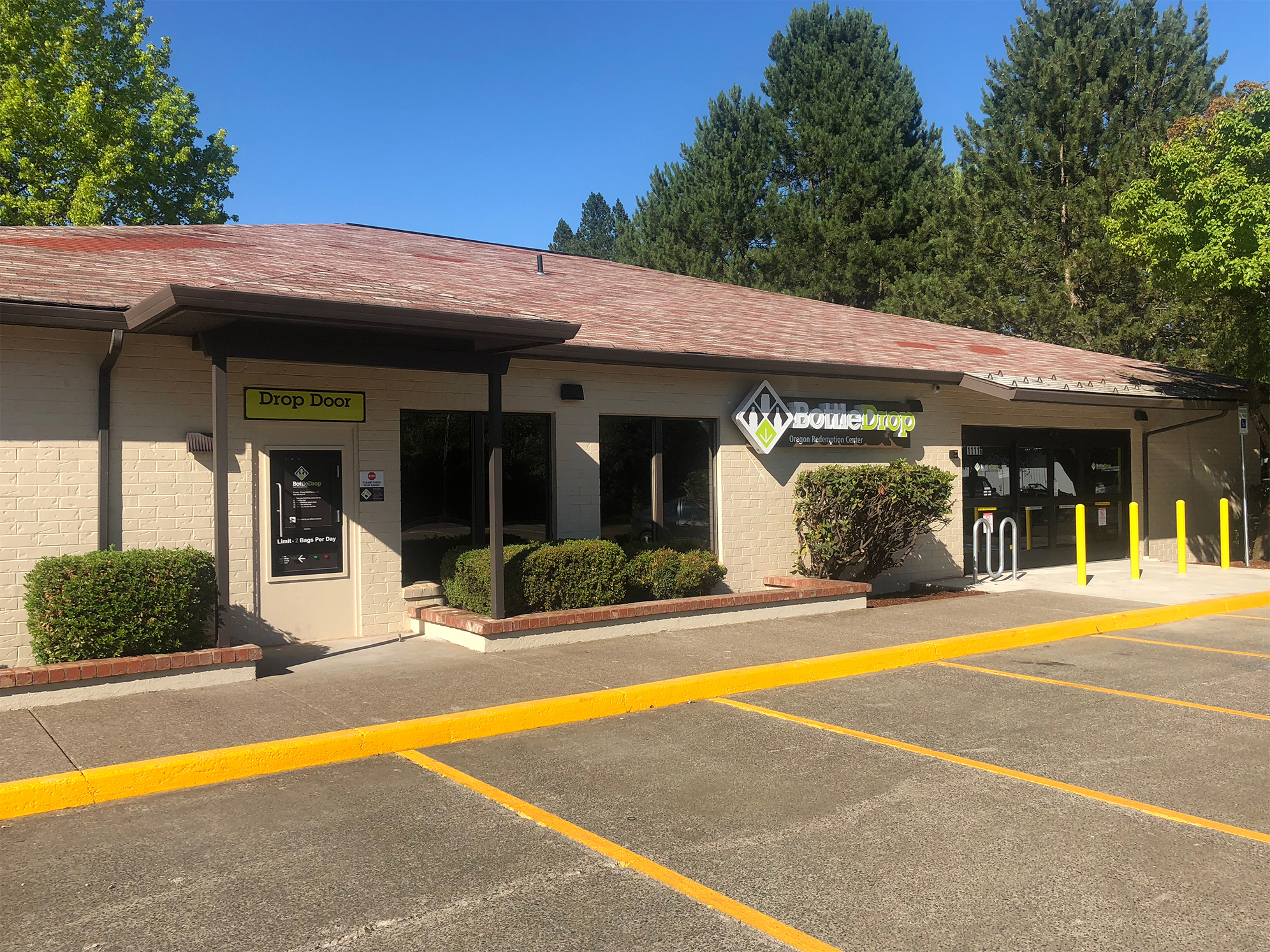
Today, by contrast, beverage distributors in Oregon have joined forces to streamline the system and make it even more convenient and accessible for consumers by forming the Oregon Beverage Recycling Cooperative (OBRC). OBRC is a not-for-profit cooperative that acts as the operator and steward of Oregon’s container redemption system. In many cases, the bottle rooms at retail locations have been replaced by modern, full-service BottleDrop Redemption Centers, which allow consumers to return more containers (up to 350 containers per person, per day) and get paid refunds on the spot. The 27 (and growing) Redemption Centers across Oregon are centrally located in commercial areas and process 1.31 billion containers each year, representing around 63% of all returns.
But innovation didn’t stop there. When the beverage industry teamed together to create OBRC, it no longer mattered where in Oregon a beverage was purchased or where the empty container was returned. This made popular options like the Green Bag program possible for the first time. Consumers can put glass, plastic, and metal beverage containers all in the same bag, place a QR code sticker on the bag associating it with their BottleDrop accounts, and drop it off at any Redemption Center or retail bag drop location across Oregon. BottleDrop account holders can withdraw their funds for cash, donate them to thousands of participating nonprofits, transfer them directly into an Oregon College Savings Plan or Oregon ABLE Savings Plan account, or use them for store credit with an extra 20% added to the value through BottleDrop Plus at participating retailers.
The convenience of the Green Bag program is clear: there are now over 1.14 million BottleDrop account holders in Oregon, around one BottleDrop account for every two households in the state. And with 12.28 million Green (and Blue) Bags processed in 2024, the number of containers in the program has more than doubled since 2019. While return-to-retail is still an important part of the Oregon system, the BottleDrop network now represents over 80% of container returns in the state. With many different ways to return containers, consumers in Oregon can get their refunds at over 2,100 different retail and BottleDrop locations.
While OBRC and the BottleDrop network it operates have greatly increased consumer convenience, the system’s efficiency has also allowed for a broad expansion in the number and types of containers included in Oregon’s Bottle Bill. In 2007, bottled water was added to the program, and in 2018, nearly all remaining beverage types (except wine, liquor, and milk-based products) were added as well. Today, around 88% of beverages sold in Oregon are included in the state’s container return system, and the return volume has doubled from around 1 billion containers returned in 2016 to over 2 billion containers returned in 2024.
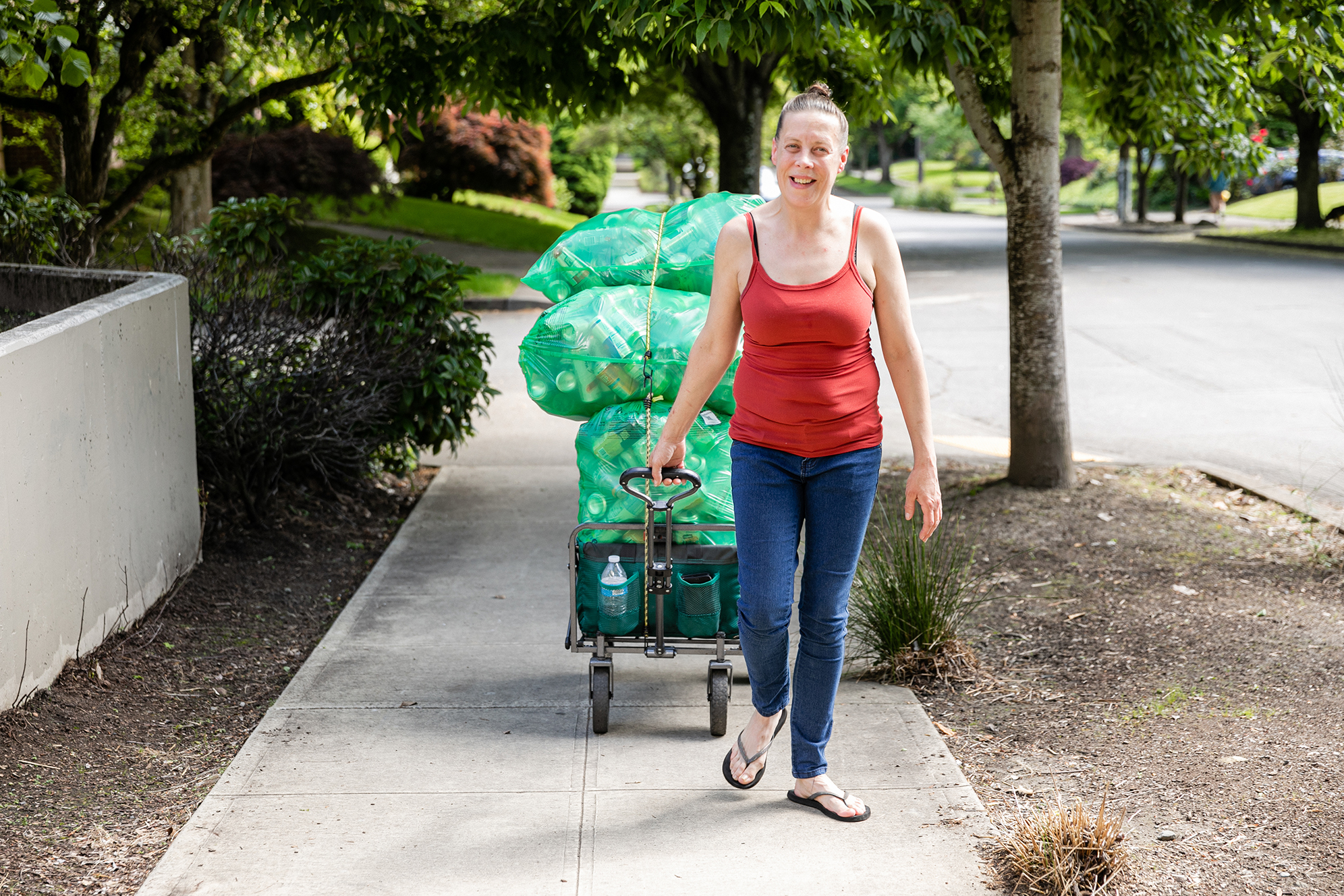
That rapid increase in volume was also aided by a boost to the refund value in 2017, when it doubled from a nickel to a dime. This action, along with expansion of the BottleDrop network and increases in consumer convenience, helped boost the state’s redemption rate from around 64% in 2016 to routinely landing in the 80%-90% range today, among the highest return rates in the nation (and the world).
Oregon’s system was aspirational and creative from the start, making beverage distributors operationally and financially responsible for the packaging they put into the marketplace, but also allowing industry to get creative and improve the system over time. The result is a modern Bottle Bill that is woven into the fabric of Oregon and is broadly supported by consumers today. A 2023 statewide survey conducted by DHM Research found that 86% of Oregonians are familiar with the state’s container return program, and 94% of those familiar with the system continue to say it’s “good for Oregon.”
Oregon’s Bottle Bill
- History of Oregon’s Bottle Bill
- Oregon’s Bottle Bill Today
- What’s Special About the “Oregon Model”
